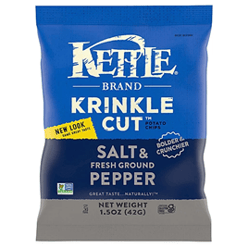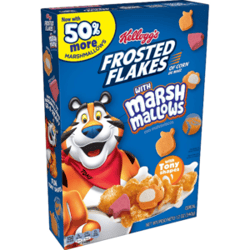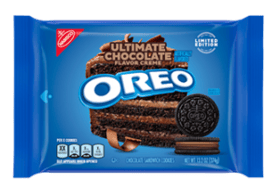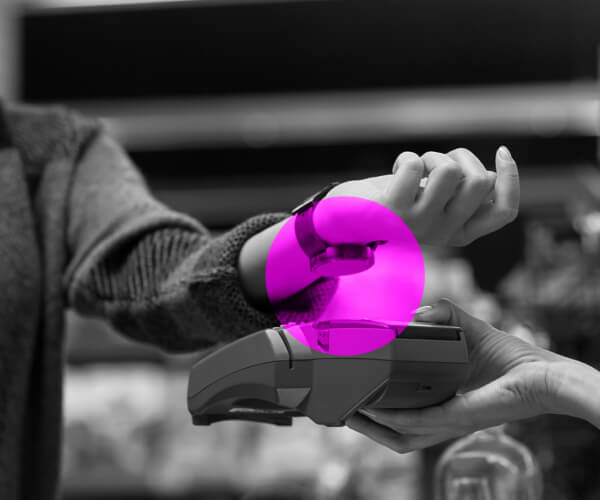3 Areas to Consider When Implementing Temporary Violators
On a monthly basis, clients ask us about best practices for including temporary violators on packaging. Our research has revealed that consumers spend a short, finite amount of time looking at packs. By adding more elements to pack a brand may create a barrier to being shoppable, by diluting the time given to other elements and the messaging. Thus, here are three key areas to consider when implementing a temporary call-out on packs.
The Violator’s Content & Messaging
 Once the pack draws attention to the violator messaging, it is important to ensure that it is intuitive and impactful. Saying “new,” “improved,” or “try me” alone is not enough of a Benefit to drive intuitive understanding to aid being Selected. The content of the message needs to help shoppers immediately realize why the violator is present, in limited time. Linking the violator to either another pack element or an overarching message (e.g., “20% more, same great recipe”) helps shoppers quickly understand the reason the violator is there in the first place (e.g., driving value while reassuring shoppers nothing else has changed inside).
Once the pack draws attention to the violator messaging, it is important to ensure that it is intuitive and impactful. Saying “new,” “improved,” or “try me” alone is not enough of a Benefit to drive intuitive understanding to aid being Selected. The content of the message needs to help shoppers immediately realize why the violator is present, in limited time. Linking the violator to either another pack element or an overarching message (e.g., “20% more, same great recipe”) helps shoppers quickly understand the reason the violator is there in the first place (e.g., driving value while reassuring shoppers nothing else has changed inside).
The Execution of the Violator
 There is no “one size fits all” approach for temporary violators. For a violator to be noticed on pack, it needs to work within the architecture of the design yet also disrupt and drive contrast from the rest of the pack. Ideally, the violator complements the primary viewing flow established so as not to detract from the key communication that provides Benefits to the consumer. To ensure that the violator contrasts from adjacent pack elements, tactics including size, color, shape, proximity and/or visual linkage to pre-existing elements should be considered in a way that helps guide shoppers to the message.
There is no “one size fits all” approach for temporary violators. For a violator to be noticed on pack, it needs to work within the architecture of the design yet also disrupt and drive contrast from the rest of the pack. Ideally, the violator complements the primary viewing flow established so as not to detract from the key communication that provides Benefits to the consumer. To ensure that the violator contrasts from adjacent pack elements, tactics including size, color, shape, proximity and/or visual linkage to pre-existing elements should be considered in a way that helps guide shoppers to the message.
Prioritization of Pack Element Path
 There should be a pre-determined “path” that the brand wants the shopper to take as they navigate the pack visually. This “path” should consider potential trade-offs from the current prioritization when adding in a temporary claim. For example, if the original desired path was to see the brandmark first, then the main visual, followed by a claim, and lastly, a secondary visual – then there needs to be a decision on the best to trade-off in the hierarchy for attention to the violator. Something must give! This ensures your pack is Shoppable and Seductive to the shopper so that the product is Selected.
There should be a pre-determined “path” that the brand wants the shopper to take as they navigate the pack visually. This “path” should consider potential trade-offs from the current prioritization when adding in a temporary claim. For example, if the original desired path was to see the brandmark first, then the main visual, followed by a claim, and lastly, a secondary visual – then there needs to be a decision on the best to trade-off in the hierarchy for attention to the violator. Something must give! This ensures your pack is Shoppable and Seductive to the shopper so that the product is Selected.
Not sure if your temporary violator messaging is effective? Contact us today to help you test the pack before launching in market and help you own the most valuable moment in marketing: when a sales transaction occurs.
THE AUTHOR

Matt Salem, SVP Customer Success, loves researching anything and everything – professionally and personally! As the host of Behaviorally’s ‘Our Best Behavior’ podcast, he speaks with guests about a variety of topics tied to Driving Shopper Growth. Through the experience and perspective of various roles over 19+ years at Behaviorally, he excels at ensuring clients successfully uncover shopper insights.
